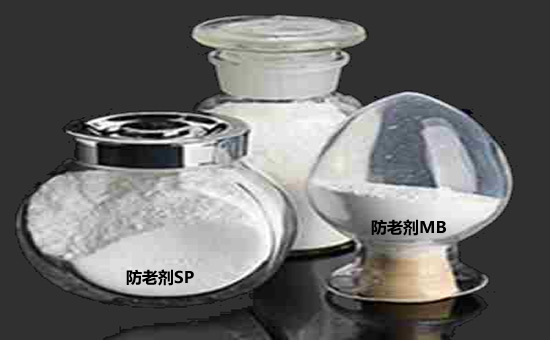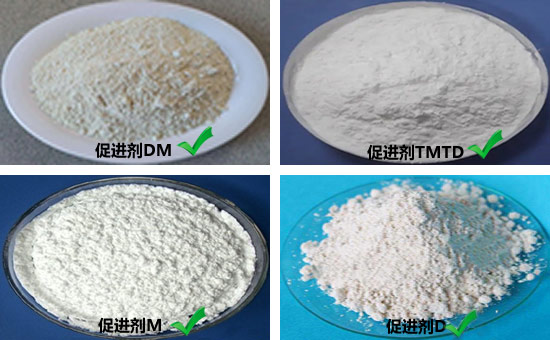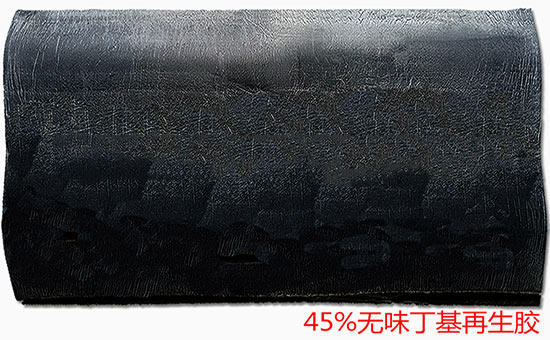When mixing recycled rubber, the raw rubber and compounding ingredients used in the rubber compound must meet various technical indicators specified in the national technical standards. Therefore, before using various compounding ingredients, quality inspection must generally be strictly conducted according to the specified technical standards. Supplementary processing must be carried out for mixtures whose quality and technical performance do not meet the requirements, mainly including crushing of solid mixtures, drying and screening of powdered mixtures, melting and filtering of viscous mixtures, dehydration and filtering of liquid mixtures, etc; Only after meeting the requirements can it be put into use.
1. Supplementary processing of recycled rubber mixture - crushing
The blocky or coarse-grained mixture needs to be crushed and ground before use to facilitate dispersion in the recycled rubber compound. Grinding is often carried out in machines such as disc mills, ball mills, and hammer crushers; Slicing machines are mainly used for slicing paraffin 2SLY322, and hammer crushers are mainly used for crushing asphalt, rosin, and other blocky mixtures. The degree of pulverization of the mixture should be determined based on its properties, such as stearic acid and paraffin, which should not be greater than 10g, and asphalt should not be crushed too finely, otherwise it may cause melting or adhesion.

2. Supplementary processing of recycled rubber mixture - drying
The purpose of drying is to remove or reduce moisture and low volatile impurities in the formulation. Excessive water content in the recycled rubber blend can easily cause the blend to agglomerate, which not only makes screening difficult, but also tends to cause bubbles in the vulcanizate. Therefore, before use, it is necessary to heat and dry the compounding agent in a special heating chamber or dryer to remove moisture from it.
The compounding agents used in the production of recycled rubber products can be divided into two categories according to their interaction with water:

The first type of compounding agent is prone to water absorption, deterioration, and agglomeration that affect product quality, such as magnesium oxide, which will undergo chemical changes after encountering water, affecting the vulcanization activity of rubber; Most foaming agents affect the hair initiation rate due to water absorption; Although some mineral fillers do not deteriorate after absorbing water, they can cause quality problems such as delamination and internal bulging of products after vulcanization; After absorbing water, sulfur causes surface acidification of particles, leading to agglomeration, which not only affects dispersion, but also accelerates product aging.
The second type of coordination agent has no chemical change due to the action of water. Although most of them have hygroscopicity, their absorption capacity is generally small, and drying is not necessary. If the moisture content is too high, drying must be carried out to avoid the generation of air bubbles. Various drying equipment can be used to dry the mixture, such as a drying chamber, vacuum drying box, oven, or spiral dryer.

When drying mixtures with low melting points, such as sulfur, accelerants, and antioxidants, the drying temperature should be 25-40 ℃ lower than its melting point to avoid melting and agglomeration. When drying sulfur, it is best to lay it thinly on a drying plate and then dry it at 35-45 ℃. This can not only remove water, but also remove sulfite from sulfur. The drying temperature of inorganic mineral fillers can be above 80 ℃. The drying degree of the mixture should be controlled based on its moisture content, which should generally be controlled below 1.5%.
Exclusive original article [commercial authorization] reprint, excerpt and excerpt in any form are prohibited without written authorization. Focus on Hongyun rubber: learn the process formula and raw material technology of producing rubber products from recycled rubber to help you reduce costs and increase profits